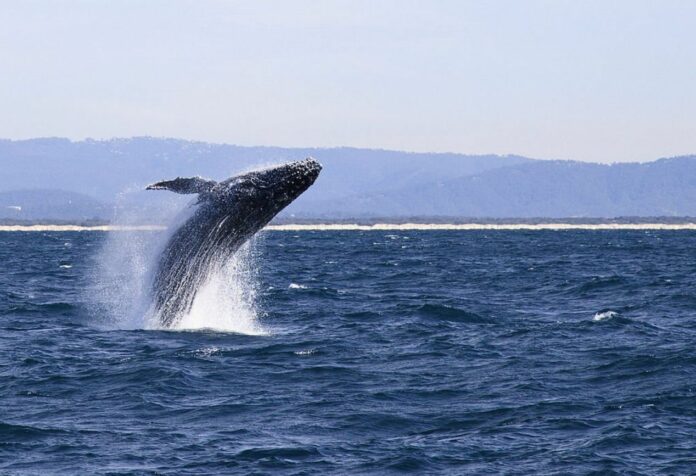Brazilian researchers have discovered that four specific genes (GHSR, IGFBP7, NCAPG, and PLAG1) may have played a key role in allowing whales, dolphins, and porpoises to evolve from small land-based ancestors and grow to giant sizes.
Brazilian researchers have found that four specific genes may have enabled the evolution of whales, dolphins, and porpoises from small land-based ancestors to large creatures, around 50 million years ago.
These genes may have also helped to minimize the negative effects of their large size, such as a higher risk of cancer.
The study, published in Scientific Reports, suggests that these genes promote large body size while also reducing the risk of negative effects, such as cancer.
The research suggests that four genes—GHSR, IGFBP7, NCAPG, and PLAG1—promote huge body sizes while minimizing potentially harmful impacts, such as an increased chance of developing cancer.
Cetaceans, which include whales, dolphins, and porpoises, have evolved from small, land-based ancestors approximately 50 million years ago. However, today, some of these species have become some of the largest animals ever to exist.
Gigantism, while impressive, can come with biological drawbacks such as reduced reproduction and a heightened risk of diseases like cancer. The specific genetic factors that have contributed to gigantism in whales have remained unclear.
Mariana Nery and her team conducted molecular evolutionary analysis on nine potential genes. These included five genes (GHSR, IGF2, IGFBP2, IGFBP7, and EGF) that are part of the growth hormone/insulin-like growth factor axis and four genes (NCAPG, LCORL, PLAG1, and ZFAT) that are known to be associated with increased body size in hoofed animals such as cows and sheep, which have a distant relationship to whales.
The team examined these genes in 19 species of whales, including 7 giant species that have a body length of over 10 meters – sperm whale, bowhead whale, gray whale, humpback whale, North Pacific right whale, fin whale, and blue whale. They found evidence of positive evolutionary selection for GHSR and IGFBP7 genes in the growth hormone/insulin-like growth factor axis, and for the NCAPG and PLAG1 genes.
According to the study’s authors, these results indicate that these four genes were likely instrumental in the development of large body sizes in giant whales.
Furthermore, they also found that GHSR plays a role in regulating the cell cycle and IGFBP7 acts as a suppressor in various types of cancer, which may counter some of the negative consequences of having a large body size.
Source: 10.1038/s41598-022-24529-3
Image Credit: Getty
